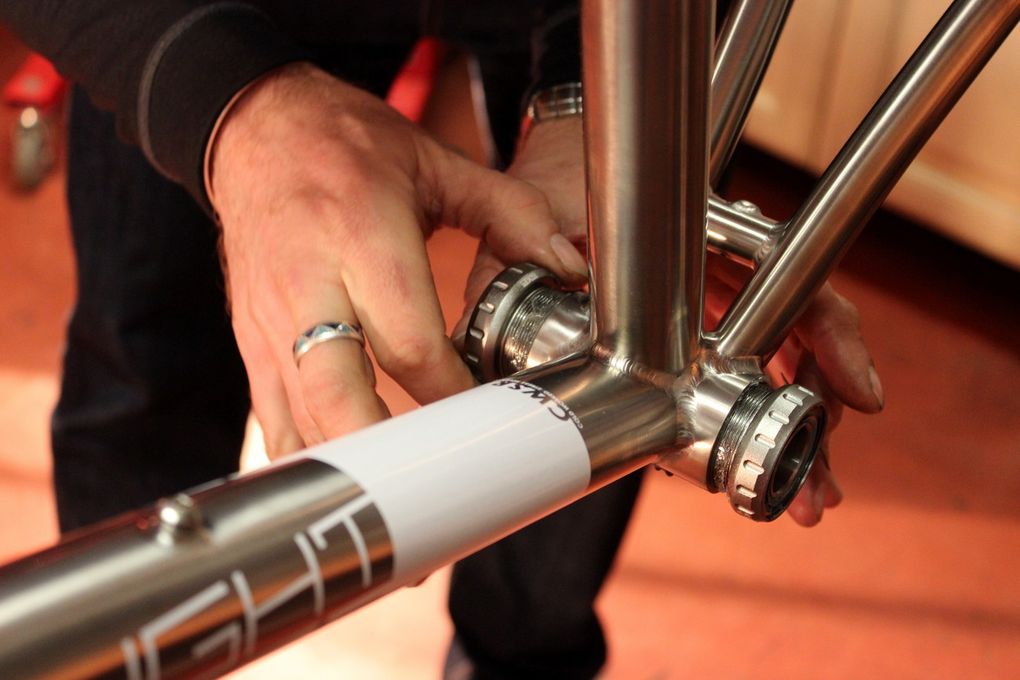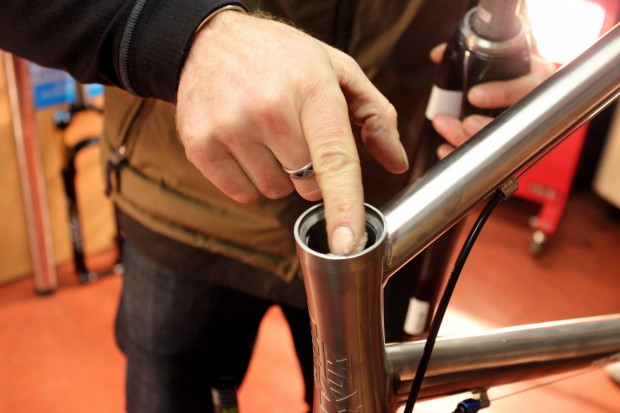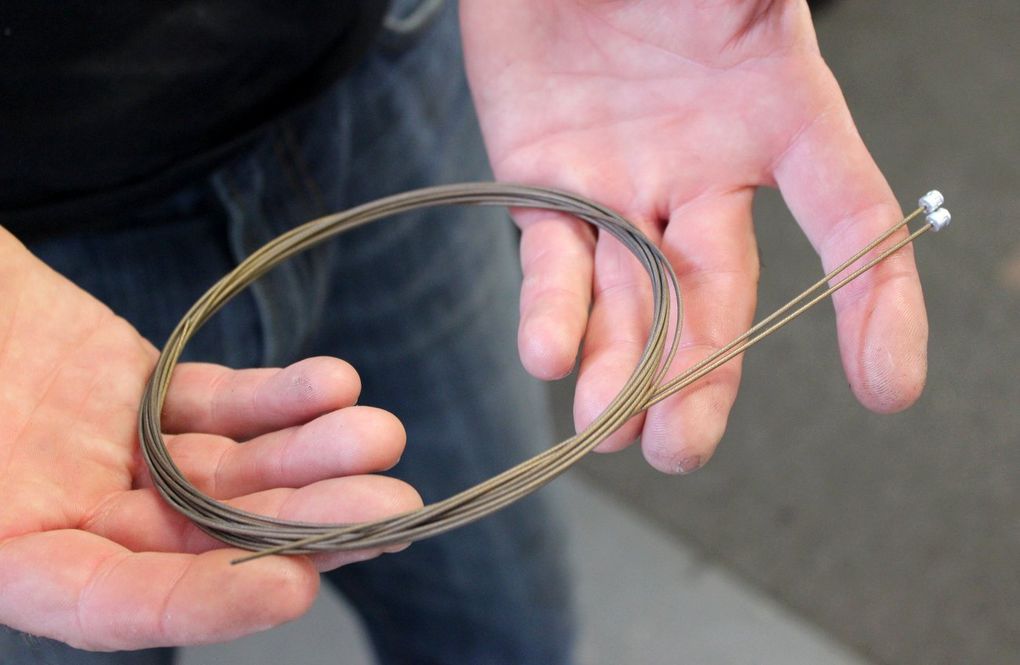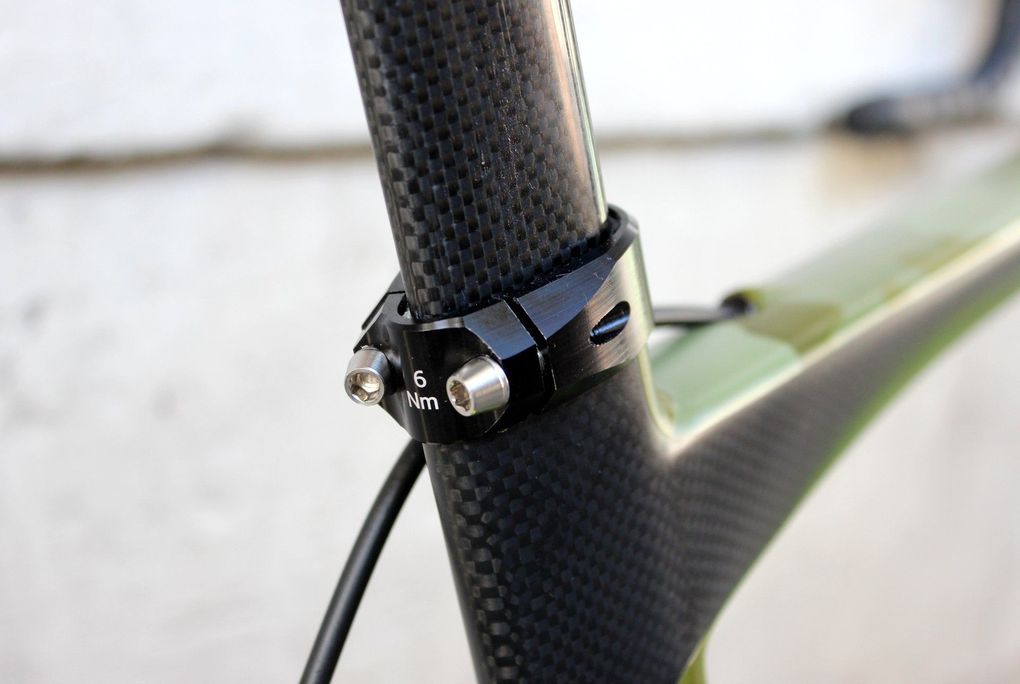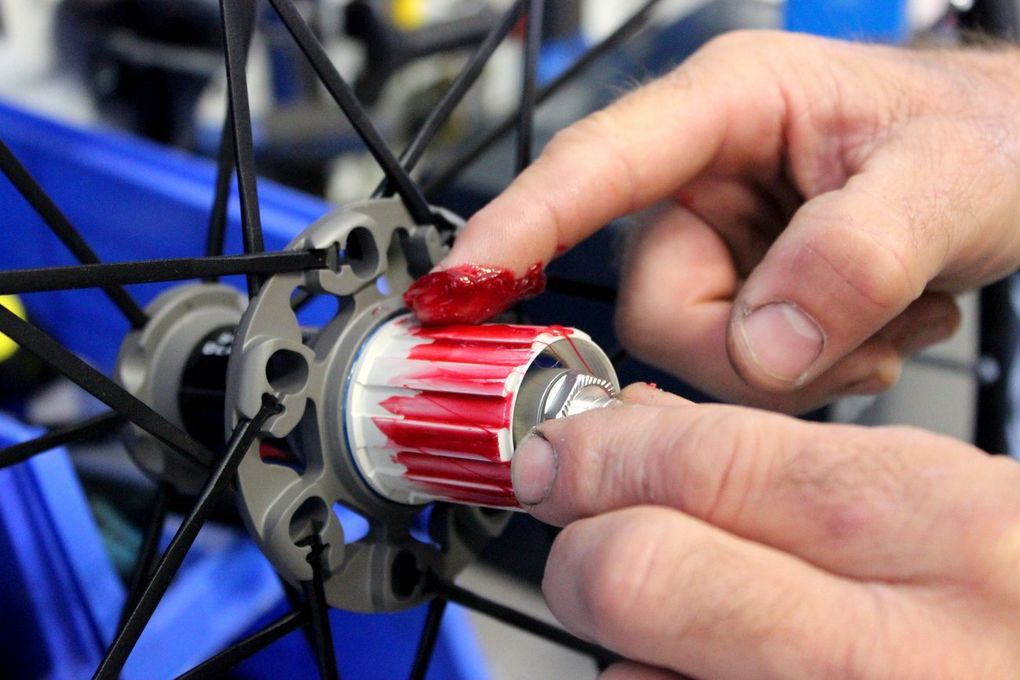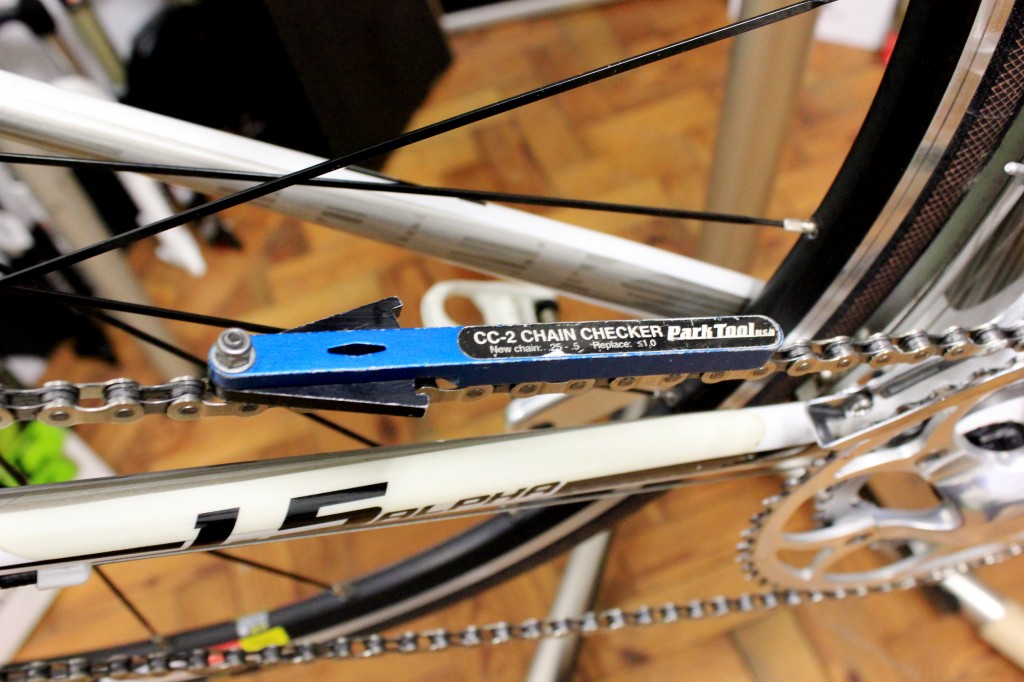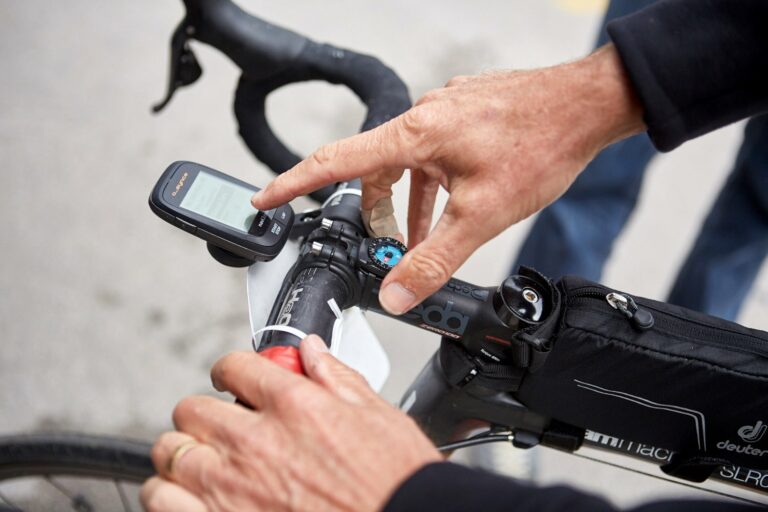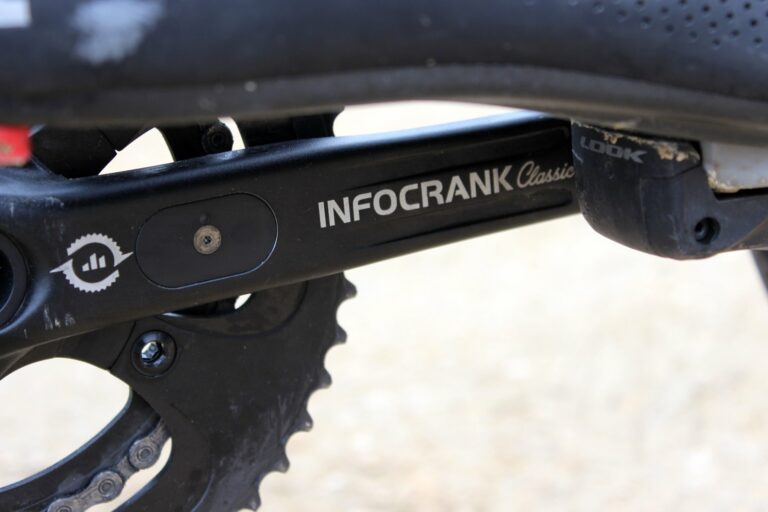Let’s paint a picture: you’re out on a ride, wind rushing through your helmet, quiet rural roads all round, with nothing to disturb the peace. You’ve just got the gentle whir of a perfectly-running chain against the cassette and the hum of tyres on tarmac as your soundtrack. Everything is blissful.
Then, out of the blue, you hear a rattle. Or was it a creak? Or squeak? It comes and goes, interrupting your blissful scene. It becomes more regular, louder, more violent, yet you look down and can’t for the life of you work out where it’s coming from. Suddenly you can’t focus on the ride, but only on your bike and the noise.
Sound familiar? We’ve all been there. To help you diagnose and potentially fix any problems, we’ve compiled a list of some of the most common creaks and sounds likely to come from your bike, with the help of a couple of expert mechanics. While a confident home mechanic will be able to solve many problems themselves, if you’re not sure then take your bike into your local shop for a pro to take a look.
